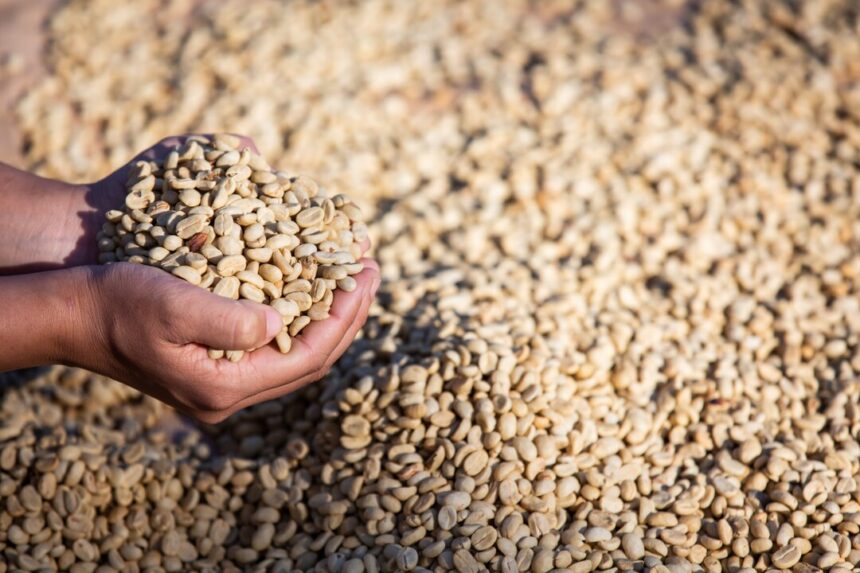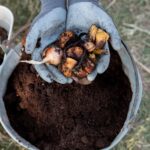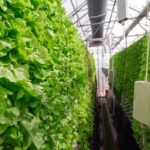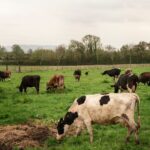South Africa is gradually carving a niche in the coffee farming industry, especially in regions with favorable climates like KwaZulu-Natal, Limpopo, and Mpumalanga. While coffee farming offers high-profit potential, success requires avoiding common pitfalls that can hinder growth and yield. This guide highlights 10 common mistakes coffee farmers make and offers solutions tailored to South African farming conditions.
1. Planting in Unsuitable Locations
Coffee plants require specific environmental conditions, such as high altitudes, temperatures between 15°C and 24°C, and well-drained soils. Many farmers make the mistake of planting in regions that don’t meet these criteria.
Solution:
Choose regions with a mild climate, sufficient rainfall (1,000–2,000 mm annually), and elevations between 600 and 1,800 meters above sea level. Conduct soil and climate tests before starting a coffee farm.
2. Using Poor-Quality Coffee Varieties
Low-quality or non-adapted coffee varieties lead to poor yields and low resistance to diseases and pests.
Solution:
Select high-yield and disease-resistant varieties like Arabica or Robusta that thrive in South African conditions. Source certified seedlings from reputable suppliers to ensure quality.
3. Neglecting Soil Fertility and Testing
Planting coffee without testing soil fertility can result in poor growth due to imbalanced nutrients or unsuitable pH levels.
Solution:
Test the soil regularly for pH (optimal range: 5.5–6.5), organic matter, and nutrient levels. Add organic compost or fertilizers rich in nitrogen, phosphorus, and potassium to maintain fertility.
4. Improper Shade Management
Coffee plants need partial shade, but too much or too little can stunt growth and affect bean quality.
Solution:
Plant shade trees like banana or Grevillea species to provide the right amount of sunlight. Regularly prune shade trees to maintain an ideal balance between light and protection.
5. Poor Irrigation Practices
Overwatering or insufficient irrigation can stress coffee plants, causing reduced yields or root diseases like Phytophthora.
Solution:
Adopt efficient irrigation systems like drip irrigation to supply consistent moisture without overwatering. Mulch around the plants to retain soil moisture during dry periods.
6. Failure to Prune Regularly
Many farmers neglect pruning, which leads to overcrowded branches, reduced airflow, and low-quality beans.
Solution:
Prune coffee plants annually to remove weak or unproductive branches, improve light penetration, and boost airflow. This encourages healthier growth and higher yields.
7. Ignoring Pest and Disease Control
Coffee plants are vulnerable to pests like the coffee borer beetle and diseases such as coffee leaf rust. Ignoring early signs of infestation can devastate crops.
Solution:
Implement integrated pest management (IPM) practices, including regular inspections, biological controls, and the judicious use of pesticides. Monitor plants closely during the rainy season when diseases are more prevalent.
8. Harvesting at the Wrong Time
Harvesting coffee cherries too early or too late reduces bean quality, resulting in lower market value.
Solution:
Harvest cherries when they are fully ripe, typically when they turn bright red or yellow, depending on the variety. Train workers on proper harvesting techniques to ensure consistency.
9. Poor Post-Harvest Handling
Improper processing, drying, and storage can ruin the flavor and quality of coffee beans, diminishing their market value.
Solution:
- Process cherries immediately after harvesting through wet or dry methods.
- Dry beans on raised beds or drying tables to ensure uniform drying.
- Store processed beans in cool, dry conditions away from pests and humidity.
10. Lack of Market Research and Planning
Focusing only on production without understanding market trends can lead to unsold beans or poor profits.
Solution:
Study local and international coffee markets to identify demand trends. Explore direct sales to specialty coffee roasters or value-added processing, such as roasting and packaging, to maximize profits.
Coffee farming in South Africa offers immense potential for farmers willing to invest in knowledge and best practices. By avoiding these common mistakes, South African farmers can boost productivity, improve bean quality, and tap into the growing local and international coffee markets. With proper planning and sustainable farming techniques, coffee farming can become a thriving and profitable venture.
Join 'Farmers Mag' WhatsApp Channel
Get the latest Farming news and tips delivered straight to your WhatsApp
CLICK HERE TO JOIN






